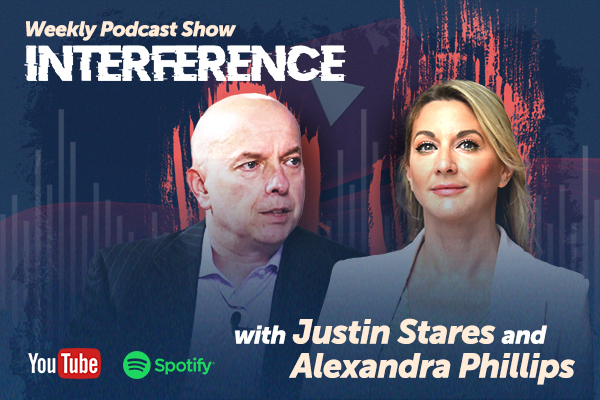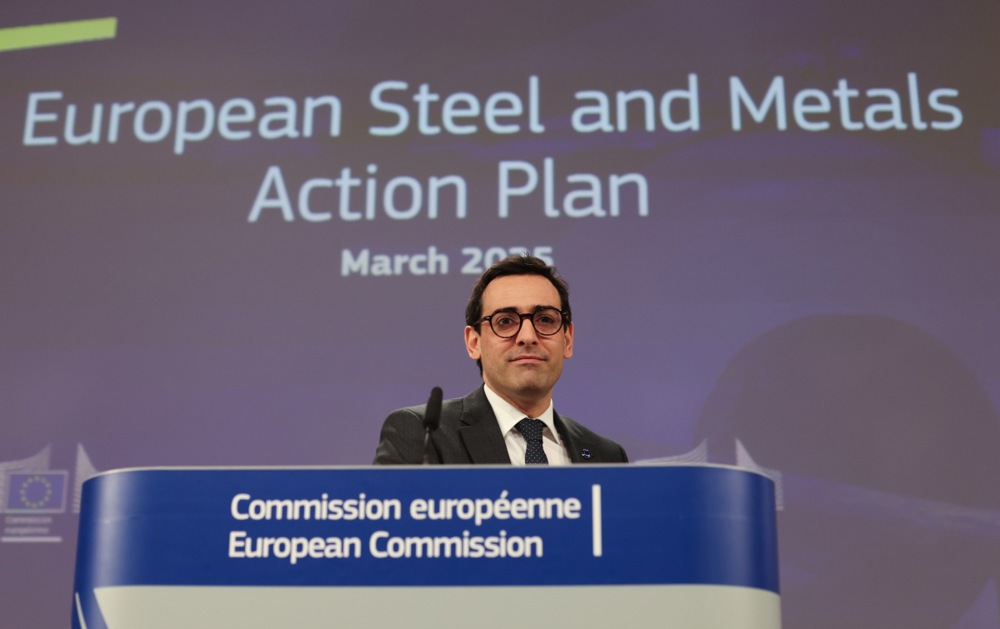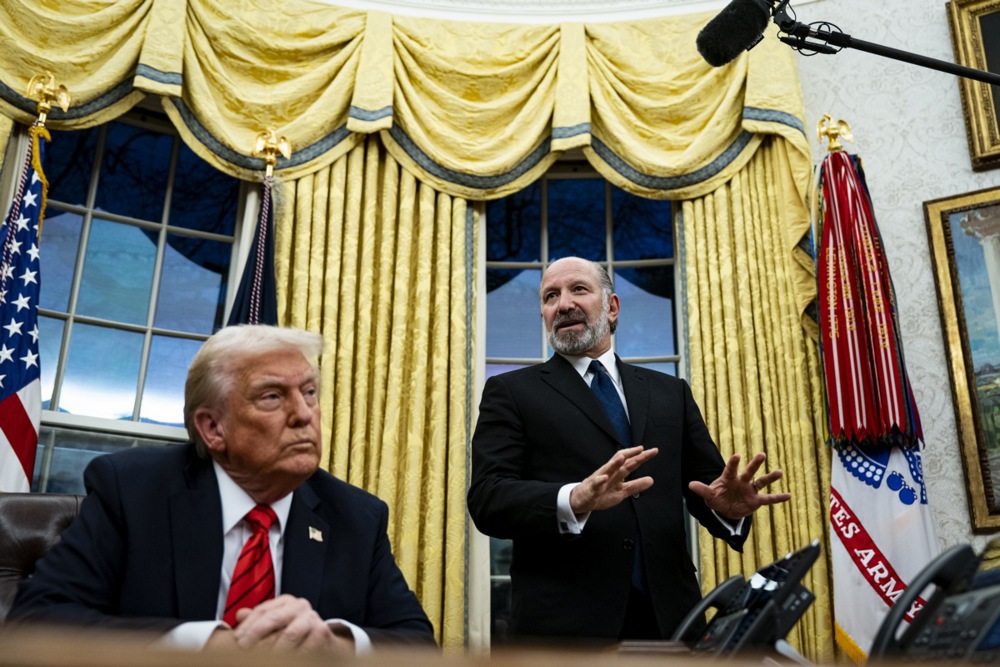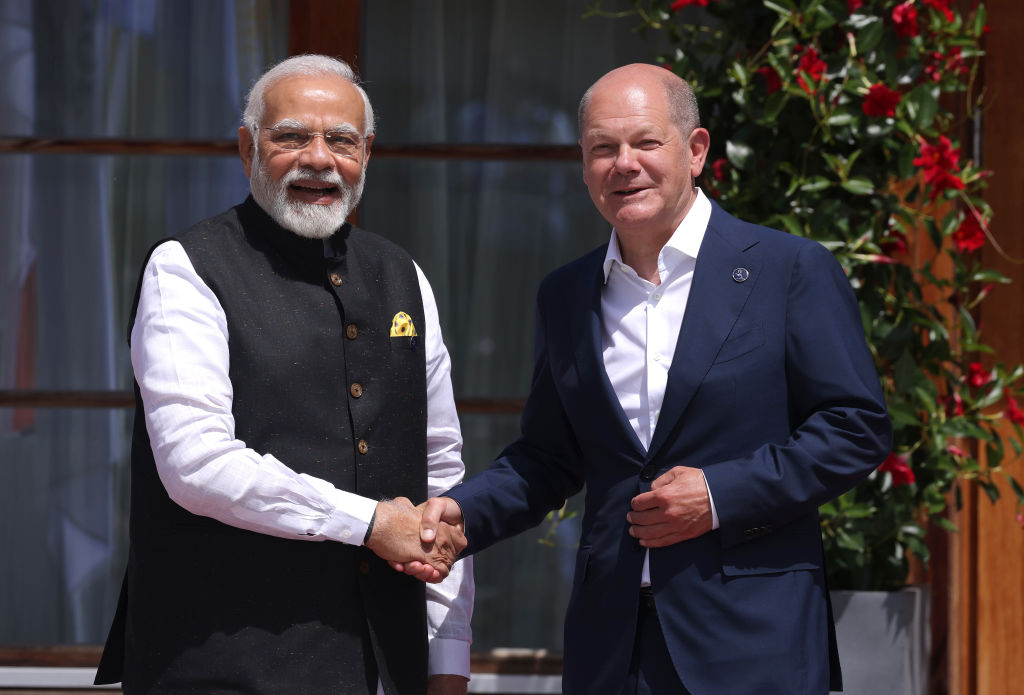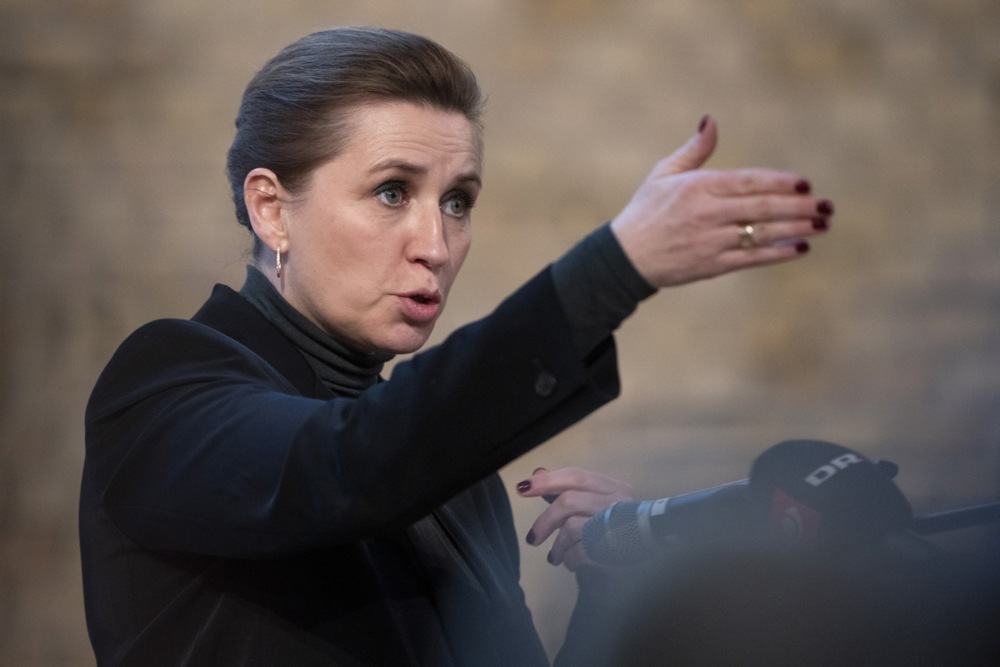India’s steel industry has been bracing for further disruption as the US and European Union struggled to resolve their trade differences.
The Asian country’s steel sector has been pulled into a broader geopolitical trade realignment as the latest Eurostat report on March 26 revealed a surge in EU steel exports to India. That has come amid a shift in trade flows, with recent policy developments in Washington and Brussels reshaping global steel markets.
India and the EU have long been major steel trade partners but the balance of that relationship has altered.
According to the Eurostat data, the EU accounted for 18.8 per cent of India’s total steel imports in 2023, making it the second-largest supplier.
Some 46 per cent of India’s steel exports were destined for European markets between April 2022 and February 2023. Since 2019, European steel exports to India have surged by 135.6 per cent, a trend that accelerated in 2023 as Brussels tightened its steel import safeguards.
The origins of these trade barriers traced back to 2018, when the US imposed tariffs under Section 232 of the Trade Expansion Act, prompting the EU to implement its own steel safeguard measures in early 2019.
Initially aimed at preventing redirected steel imports, these policies have evolved into a long-term strategy.
Indian steelmakers, once reliant on European buyers, now have to navigate a market increasingly closed off due to quotas and tariffs. Amid complicated discussions on a trade agreement with India, the EU extended these safeguards in June 2023.
“The EU remains committed to ensuring a fair and sustainable steel trade environment that supports both European producers and international partners”, European Commissioner for Trade and Economic Security Maroš Šefčovič told Reuters on March 25, defending the measures, as the talks with India continued to be complicated.
In February, both the EU and India expressed a desire to conclude the deal by the end of 2025, having restarted negotiations in 2022 after a pause of a few years.
Speaking to journalists during a recent conference on European security, European Council President António Costa also said the latest European efforts to conclude trade deals with, among others, India, were part of a decoupling strategy from the US, designed to ensure more strategic autonomy.
With both parties being threatened by US tariffs, securing an agreement quickly made sense. India has however also become caught up in trade negotiations with the US. Bilateral trade talks between the two nations began in Delhi on March 25.
India said it was open to cutting tariffs on more than half of US imports, worth $23 billion (€21.3 billion), in the first phase of a trade deal the two nations are negotiating.
The talks came ahead of Washington’s April 2 deadline for imposing “reciprocal” tariffs.
The Indian Government said it believed robust domestic steel demand would counterbalance the impact of the EU’s stricter steel import quotas, also set to begin in April.
While the EU’s restrictions aimed to protect its struggling steel industry, India’s growing internal consumption was expected to absorb much of the potential impact, according to an anonymous government source cited by Reuters on March 24.
